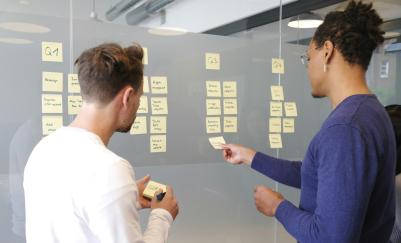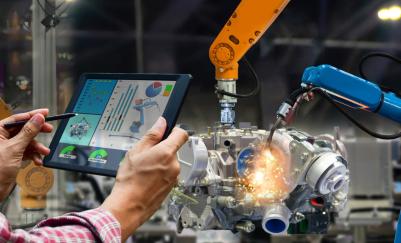
Content Hub
We change lives every day, building world-class teams for technology companies.
Upload CV
VIEW ALL
361 results

Insights
Retaining talent through Powerful Onboarding

Insights
7 Steps to Cultivate a Winner's Mindset for Success in Life and Business

Insights
Peer Coaching – How to Encourage Collaboration in Your Organisation

News
April 2024 Labour Market Report: Engineering Continues to outperform most sectors

Insights
Understanding the Evolution of Product Management

News
Unlocking Tomorrow: Key Mechanical Engineering Trends to Follow in 2024
NEED TO FILL A VACANCY?
Fill out the form below to let us know about a vacancy you would like us to advertise for you.
REGISTER YOUR CV!
Register your details to access the latest vacancies, create job alerts and much more.
